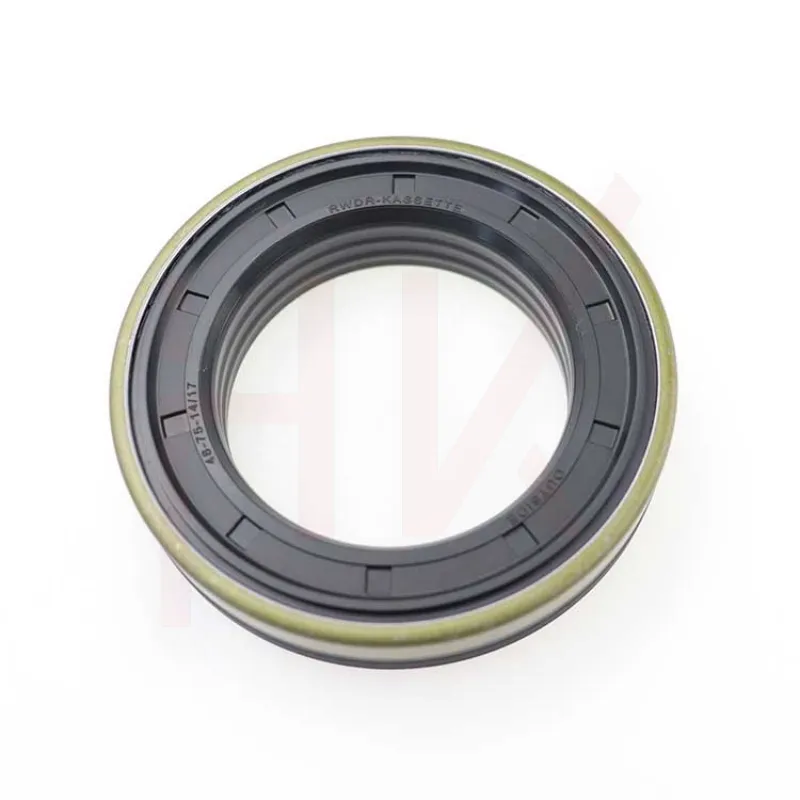Dec . 15, 2024 16:16 Back to list
replacing seals in a hydraulic cylinder
Replacing Seals in a Hydraulic Cylinder A Step-by-Step Guide
Hydraulic cylinders are essential components in various machinery, providing the force needed to move and lift heavy loads. Over time, the seals within these cylinders can wear out due to constant pressure and environmental factors, leading to leaks and reduced efficiency. Replacing these seals is crucial for maintaining the hydraulic system's performance. This article will guide you through the process of replacing seals in a hydraulic cylinder.
Understanding Hydraulic Cylinders
Before diving into the replacement process, it’s important to understand the function of seals within a hydraulic cylinder. Seals prevent hydraulic fluid from leaking out of the cylinder and also keep contaminants from entering the system. There are typically two types of seals found in hydraulic cylinders rod seals and piston seals. Rod seals are located at the end of the cylinder, while piston seals fit between the piston and cylinder walls.
Tools and Materials Needed
To replace seals in a hydraulic cylinder, you will need a variety of tools and materials, including
1. New Seals Ensure you purchase the correct size and type for your specific hydraulic cylinder. 2. Seal Removal Tools These can include seal pullers or picks designed for removing seals without damaging the cylinder. 3. Cleaning Supplies Use lint-free cloths and solvents to clean the cylinder components. 4. Lubricant A light hydraulic oil for lubricating the new seals during installation. 5. Wrenches and Sockets For disassembling the cylinder.
Step-by-Step Replacement Process
Step 1 Preparation
Begin by ensuring that the hydraulic system is powered down and depressurized. Disconnect any hoses connected to the cylinder to prevent fluid leakage. Safety should always be a priority, so wear appropriate personal protective equipment (PPE) such as gloves and goggles.
Step 2 Disassembly
Carefully remove the cylinder from the machinery. Depending on the design, this may involve unbolting it from its mounting or using a crane or hoist for larger cylinders. Once removed, inspect the cylinder for any visible damage.
Next, unscrew the end cap of the cylinder to access the internal components. Depending on the design, you may need to remove retaining rings or bolts to free the cap.
replacing seals in a hydraulic cylinder

Step 3 Removing Old Seals
With the end cap removed, you will see the rod and piston. Use the seal removal tools to gently pry out the old seals. Take care not to scratch or damage the cylinder walls during this process, as any imperfections can lead to future leaks.
Step 4 Cleaning
Once the old seals are removed, thoroughly clean the cylinder components with a lint-free cloth and a suitable solvent. Remove any debris or old lubrication, paying special attention to the grooves where the seals sit, as any remaining particles can compromise the integrity of the new seals.
Step 5 Installing New Seals
Before installing the new seals, lightly coat them with hydraulic oil. This lubrication helps the seals to slide into position smoothly and reduces the risk of damage during assembly. Carefully insert the new seals into their respective grooves, ensuring they are seated properly and evenly.
Step 6 Reassembly
With the seals in place, reassemble the hydraulic cylinder by replacing the end cap and securing it with the retaining rings or bolts. Make sure everything is tightened to the manufacturer’s specifications.
Step 7 Testing
After reassembly, reconnect the hydraulic hoses and power up the system. Check for any signs of leaks around the newly installed seals. If all looks good, the hydraulic cylinder should now function efficiently without leaks.
Conclusion
Replacing seals in a hydraulic cylinder is a straightforward process that can significantly enhance the performance and longevity of your hydraulic system. Regular maintenance and timely seal replacement can prevent costly repairs and downtime, ensuring that your machinery operates smoothly and efficiently. By following these steps, you can confidently tackle seal replacement and keep your hydraulic systems in top shape.
-
TCN Oil Seal Metal Ring Reinforcement for Heavy Machinery
NewsJul.25,2025
-
Rotary Lip Seal Spring-Loaded Design for High-Speed Applications
NewsJul.25,2025
-
Hydraulic Cylinder Seals Polyurethane Material for High-Impact Jobs
NewsJul.25,2025
-
High Pressure Oil Seal Polyurethane Coating Wear Resistance
NewsJul.25,2025
-
Dust Proof Seal Double Lip Design for Construction Equipment
NewsJul.25,2025
-
Hub Seal Polyurethane Wear Resistance in Agricultural Vehicles
NewsJul.25,2025
-
The Trans-formative Journey of Wheel Hub Oil Seals
NewsJun.06,2025
Products categories
















